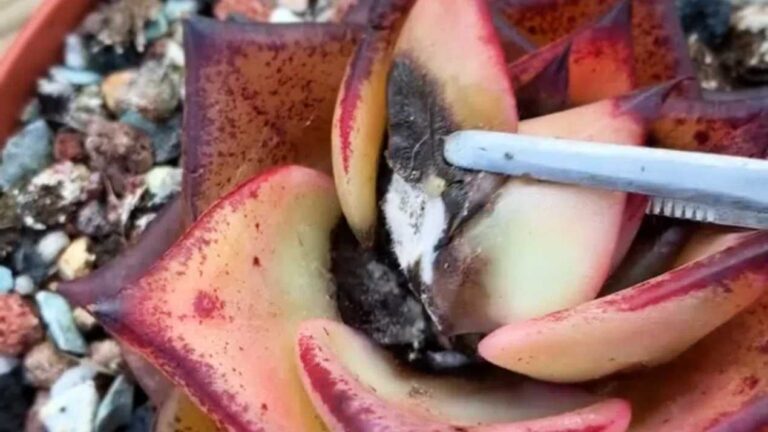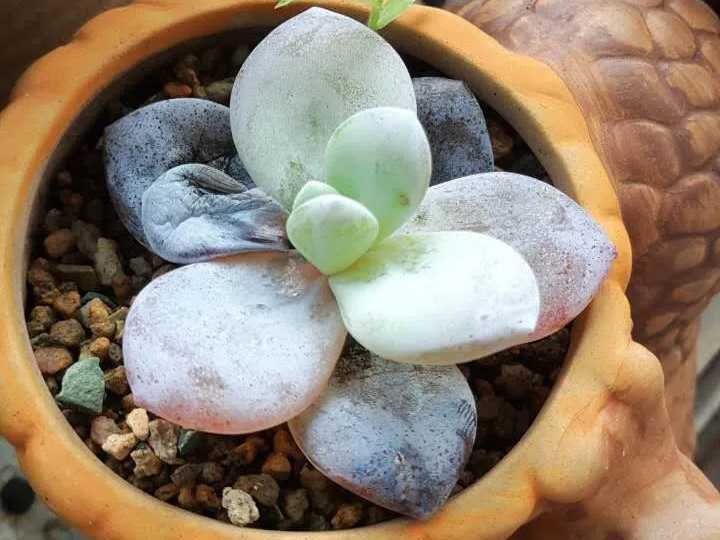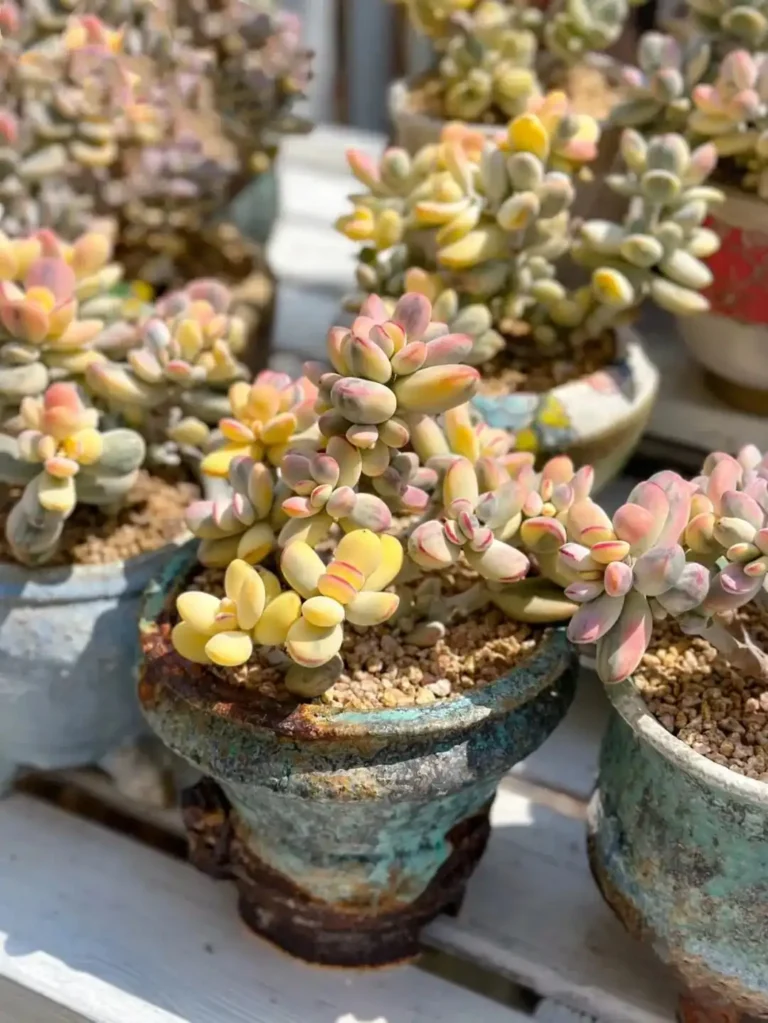“Why is it that other people’s succulents are always full and round and colorful? Have you ever encountered dried out leaves and root rot in the process of controlled culture? As a succulent care expert who has been practicing for 5 years, today I will reveal 5 major succulent control keeping mistakes that 90% of newbies make. Mastering the correct succulent control techniques will not only avoid the risk of plant death, but will also allow your succulent to show its stunning condition within 3 months! This article especially focuses on the key aspects of controlled cultivation of succulents – root care, soil preparation and selection, scientific watering and other core issues, to provide practical solutions.”
Myth 1: Control feeding before the root system has matured
The most easily overlooked time for newbies to control the maintenance is the root development stage. When the succulent is in the floating pot period (about 1 month) or just finished serving pots, its root system is like a baby’s milk teeth as fragile. If you control water and light too early at this stage, it will lead to two serious consequences: 1) the newborn root system can’t develop normally, and its absorption capacity is limited; 2) the leaf layer metabolism is accelerated, and it will often consume 80% of the leaves in 2-3 weeks. It is recommended to continue to care for 1-2 months after potting, when the main root shows signs of lignification and the new capillary roots form a network structure before starting to control the maintenance.
Myth 2: Blindly Using High-Granular Soil
70% granular soil is indeed a type control boon, but using high granular media all year round can trigger a nutrient crisis. Experimental data show that in a purely granular environment, succulents will show obvious symptoms of nutrient deficiency after 6-8 months, manifested by abnormal depletion of bottom leaves and thinning of newborn leaves. The smart thing to do is to adjust the soil preparation according to the growth cycle: keep 50% pellets + 50% nutrient soil during the growth period, and gradually increase to 70%-80% pellets during the control period. Quarterly supplementation with slow-release fertilizer can effectively prevent over-consumption.
Myth 3: Misunderstanding water control methods
The real water control is not to reduce the amount of watering, but to lengthen the watering interval. When using the “water through dry” method, each watering should ensure that the water penetrates to the bottom of the pot (about 15 seconds of water). There are two gold standards for determining the timing of watering:
1) The bottom 3-4 leaves appear slightly wrinkled;
2) The weight of the potting soil is reduced by 2/3. Early morning watering is recommended in summer, and midday hours are preferred in winter.
Remember: each watering should be accompanied by more than 6 hours of ventilation during the period of controlled maintenance to avoid waterlogging and root rotting.
Myth 4: Neglecting light regulation
Adequate light is the cornerstone of successful controlled feeding. Ideally, succulents need to receive daily:
Natural direct light 6-8 hours or
Full-spectrum supplemental light (6500K) for 12-14 hours.
Insufficient light intensity is indicated when plants are found to be stunted (spacing between nodes widened) or discolored. It is recommended to use an illuminance meter to monitor the light intensity, maintaining 20,000-30,000 Lux during the growing season and increasing to 30,000-40,000 Lux during the control period. be careful to increase the light intensity gradually to avoid sunburn caused by sudden exposure to the sun.
Misconception 5: Wrong choice of time for controlled feeding
The effect of temperature on the effect of controlled culture is beyond imagination:
>30℃: the plant enters dormancy, the control of nutrition is easy to lead to root necrosis
<10℃: metabolism stagnation, water control will cause frostbite
Spring and fall (15-25 ℃) is the best period of controlled cultivation, this time with more than 10 ℃ day and night temperature difference, can make anthocyanin synthesis efficiency increased by 300%. It is recommended that novices try to control the culture from autumn, when the air humidity is lower, more conducive to the control of the type of color.
Mastering these 5 big succulent control culture misunderstandings means you have crossed the threshold of advanced care. Remember the three core points: rooting before controlling the type, dynamically adjusting the soil distribution, and accurately grasping the rhythm of watering.





